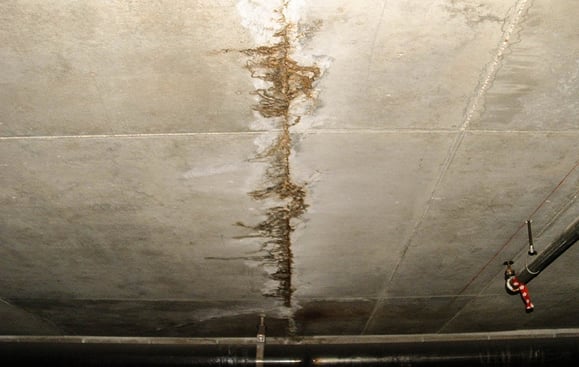We've noticed this post on What You Can Do At Home To Prevent Fire And Water Damage listed below on the web and figured it made perfect sense to relate it with you on my blog.

Water provides life, water intrusion on components where it's not meant to be can result in damage. Residences with water damages scent moldy and also old.
Water can originate from many sources such as typhoons, floodings, burst pipelines, leakages, and sewer issues. In case you experience water damages, it would be great to know some safety precautions. Below are a couple of standards on how to manage water damage.
Do Prioritize Residence Insurance Coverage Protection
Water damage from flooding dues to heavy winds is seasonal. Nonetheless, you can likewise experience an unexpected flooding when a malfunctioning pipeline suddenly bursts into your house. It would be best to have residence insurance policy that covers both disasters such as all-natural tragedies, and also emergencies like broken plumbing.
Do Not Forget to Switch Off Utilities
This reduces off power to your whole house, stopping electrical shocks when water comes in as it is a conductor. Do not fail to remember to turn off the main water line valve.
Do Stay Proactive and also Heed Climate Alerts
Listen to evacuation warnings if you live near a creek, lake, or river . Doing so minimizes possible building damage.
Don't Disregard the Roof
You can prevent rain damage if there are no openings and leakages in your roofing system. This will certainly avoid water from moving down your walls and also soaking your ceiling.
Do Take Notice Of Little Leaks
A burst pipe doesn't take place overnight. You may observe gurgling paint, peeling off wallpaper, water streaks, water stains, or trickling noises behind the wall surfaces. Have your plumbing fixed before it results in large damage.
Don't Panic in Case of a Burst Pipe
When it comes to water damage, timing is key. Hence, if a pipeline bursts in your residence, promptly closed off your primary water shutoff to reduce off the resource. Call a trusted water damages repair expert for assistance.
Water gives life, water invasion on parts where it's not meant to be can result in damages. Residences with water damages smell old and stuffy.
Water damage from flooding dues to hefty winds is seasonal. You might see bubbling paint, peeling off wallpaper, water streaks, water spots, or trickling audios behind the wall surfaces. When it comes to water damages, timing is essential.
Are Water Mitigation and Water Damage Restoration the Same Thing?
When are Water Mitigation Services Needed?
Water intrusion can come from small sources like a dishwasher leak or larger ones like rainwater causing inches of standing water in a basement. Other instances of damage that call for water mitigation services include:
- Sewer backup, sump pump failure, or clogged toilets
- Toilet wax seal failure
- Shower pan corrosion
- Pipe leaks and ruptures
- Washer or icemaker line breaks
- HVAC drain line blockage
- A leaking roof
- Moisture behind walls
- Foundation cracks
- Mold
Mold is a good example to illustrate how water mitigation works. We’ve often found that clients we do mold remediation services for had existing water damage issues that ended up leading to the mold damage. When performing water mitigation we look for what’s causing the water problem and for ways to stop mold before it multiplies and becomes a bigger concern.
Are You Currently Experiencing a Water Disaster?
If you’re in the middle of a water intrusion disaster, here are some important dos and don’ts to follow:
Don’ts:
- Safety first! Do not enter a room with standing water until the electricity has been turned off!
- A regular household vacuum should never be used to pick up water.
- Never use electrical appliance if standing on a wet floor or carpet.
- Leave visible mold alone.
Dos:
- Call a water mitigation professional as soon as possible. Mold and other damage can begin within hours of a water intrusion.
- Mop and blot up as much water as possible.
- Remove non-attached floor coverings and mats but leave wall-to-wall carpeting removal to a pro.
- If there are window coverings like draperies that touch the water, loop them through a hanger and put them up on the rod.
- Remove wet cushions to dry and wipe down soaked furniture.
- Move valuables like paintings, photos, and art objects to a dry location. Books should be left tightly packed on shelves until it’s determined if they need specialized drying.
- Prop open closets, cabinets, and drawers to allow them to air out.
https://cfrsfl.com/blog/are-water-mitigation-and-water-damage-restoration-the-same-thing/

Hopefully you enjoyed reading our piece about Ways to Reduce The Risk Of Fire And Water Damage. Thanks for finding the time to read through our blog post. So long as you appreciated our post please make sure you remember to share it. Many thanks for going through it.
Comments on “6 Water Damage Restoration Do's as well as Don'ts.”